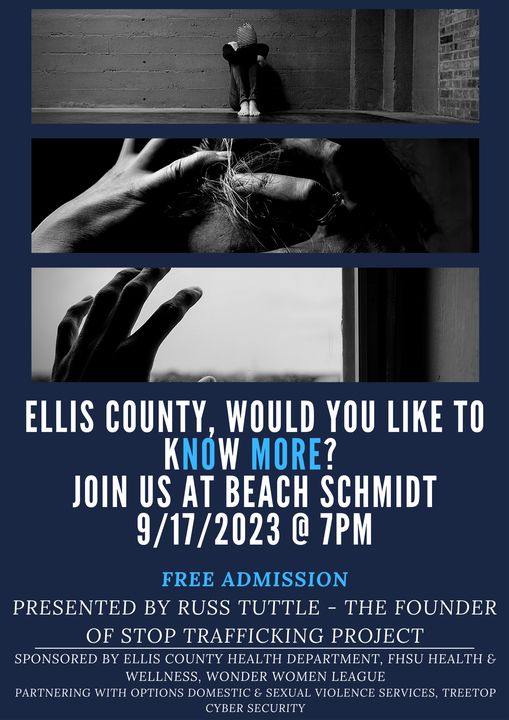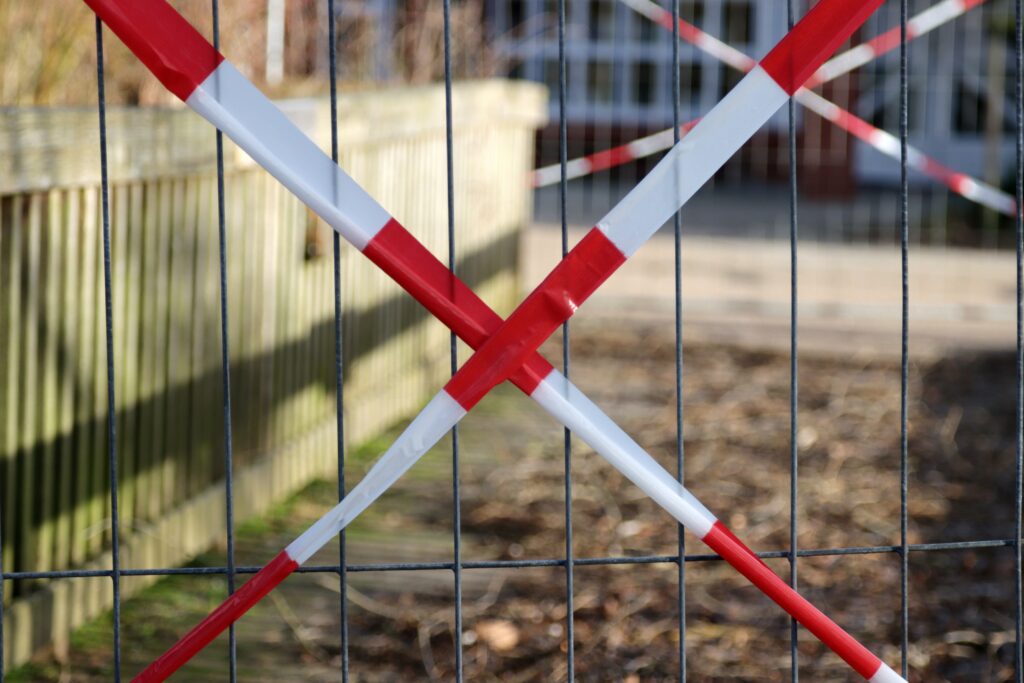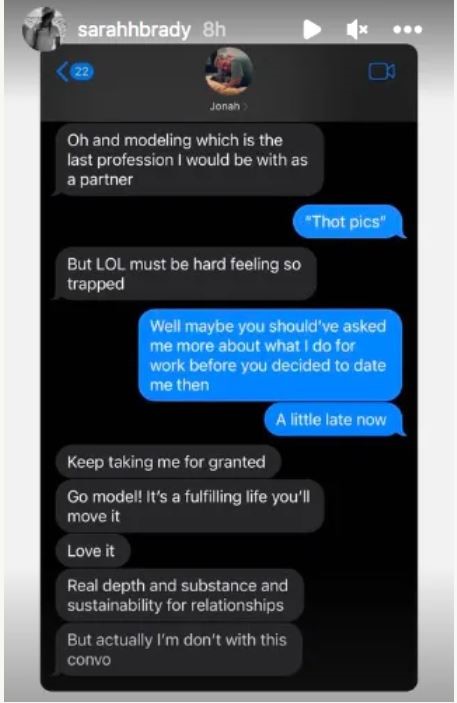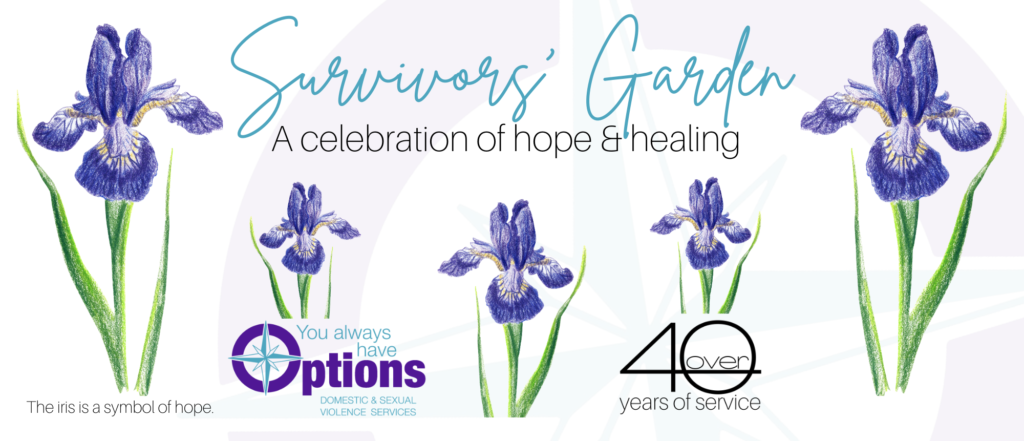Exhibit Shatters Myths About Sexual Assault
On March 25th, Options is kicking off Sexual Assault Awareness Month with an art exhibit in the Taylor Gallery at Fort Hays State University. This exhibit, called “What Were You Wearing,” aims to shatter the myth that sexual assault was caused by the clothing that a survivor was wearing.
Each time a victim of sexual assault or rape gets asked what they were wearing during the attack, it heartlessly implies that they were responsible for the assault and could have prevented it by wearing different clothes. This sort of victim blaming drives responsibility away from a perpetrator and puts it on the victim’s shoulders.
Rape is not caused by clothing. Rape is caused by rapists.
To fight against the myth that sexual assault could be prevented by the victim alone, an art exhibition displaying what victims wore during the assault was created. This exhibit gives viewers the survivors’ perspective about their sexual assault. Specifically, the exhibit asks those to view it to understand that sexual assault and rape are never because of what a person was wearing.
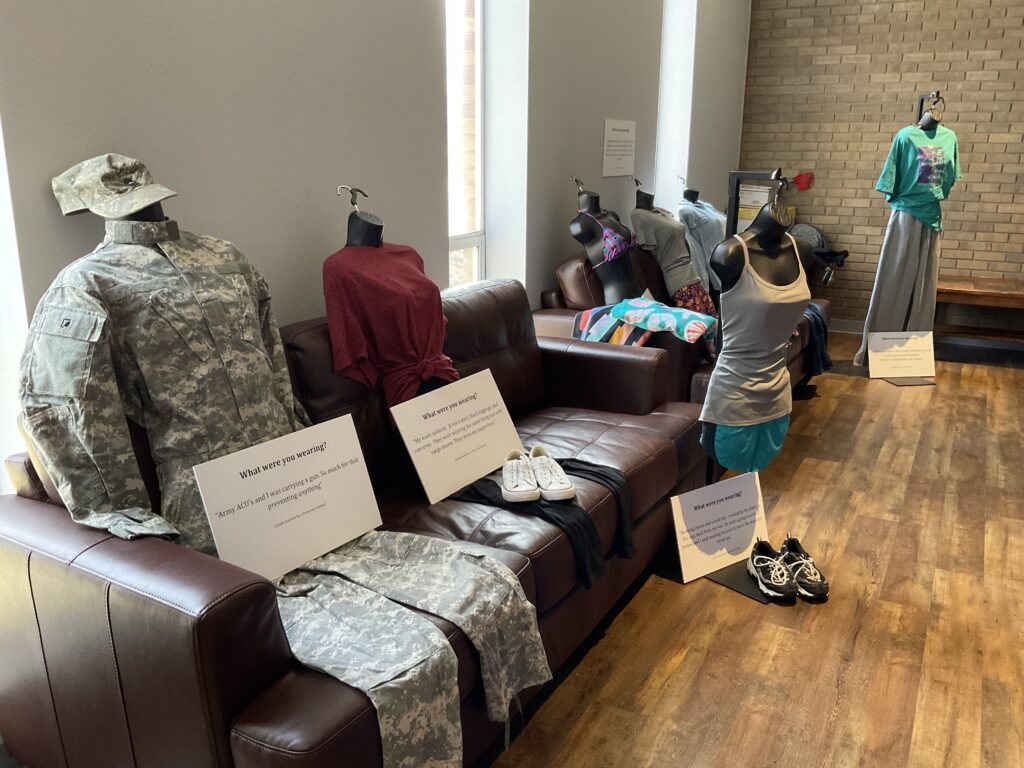
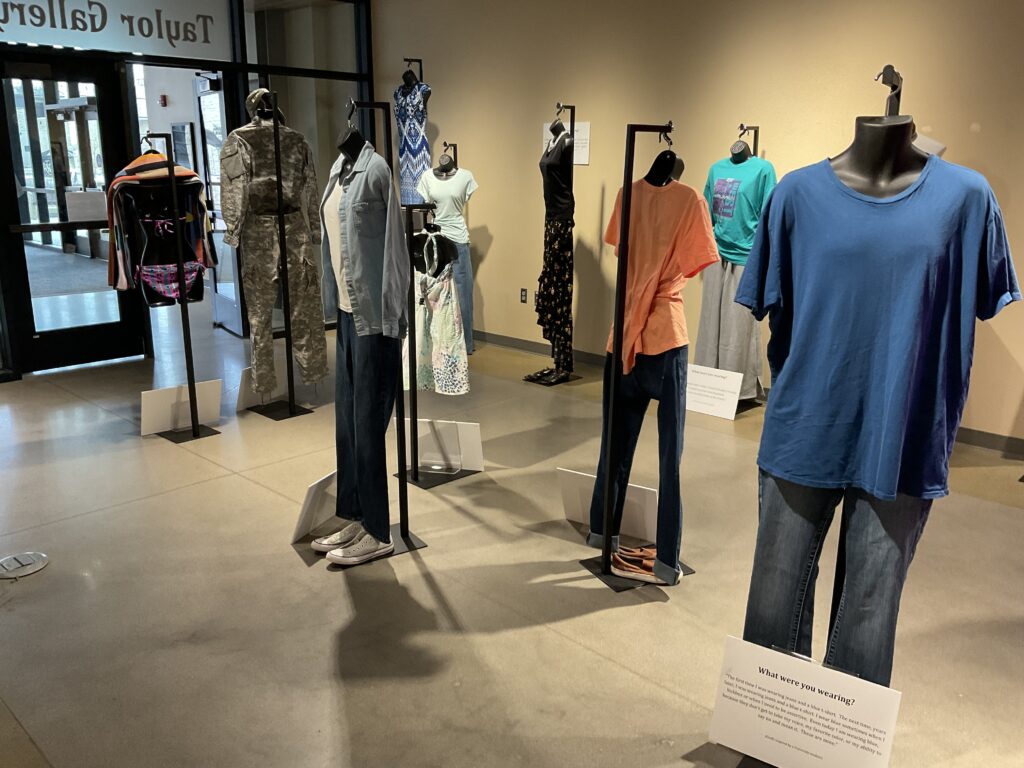
The Options “What Were You Wearing” exhibit also features audio alongside the story text. To listen to a survivor tell you their story, all you have to do is scan the QR code next to the outfit.
The FHSU exhibit will be open from March 25th to March 28th from 8:30 AM until 4:30 PM.
This art installation features heavy themes and some of the the outfits feature stories with explicit language – so viewer discretion is advised. An advocate will be present during the open hours of the exhibit.
Throughout the month of April, Options will be hosting several more chances to see this art installation. Check back in with our social media for those dates!
If you need any additional information, have a question, or a concern, feel free to reach out to Options at our 24-hour toll-free helpline 800-794-4624. You can also reach an advocate via text by texting HOPE to 847411 or click 24-Hour Chat with Options.
Written by Anniston Weber
























